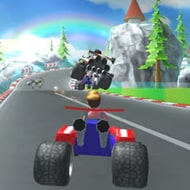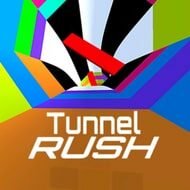

While Tunnel Rush 2 appears simple at first glance, high-level play requires sophisticated strategies beyond basic dodging. The difference between good and great players comes down to route optimization, risk assessment, and advanced movement techniques. This guide breaks down the nuanced systems that separate casual players from top scorers.
Efficient navigation requires understanding these principles:
Psychological approaches that improve performance:
Tunnel Rush 2 rewards players who approach it methodically rather than just reacting. The most successful competitors treat each run as a learning opportunity, gradually building mental maps of obstacle arrangements and developing muscle memory for complex sequences. This strategic depth emerges naturally as you progress, transforming what initially seems like a simple reaction test into a rich test of spatial reasoning and predictive thinking.